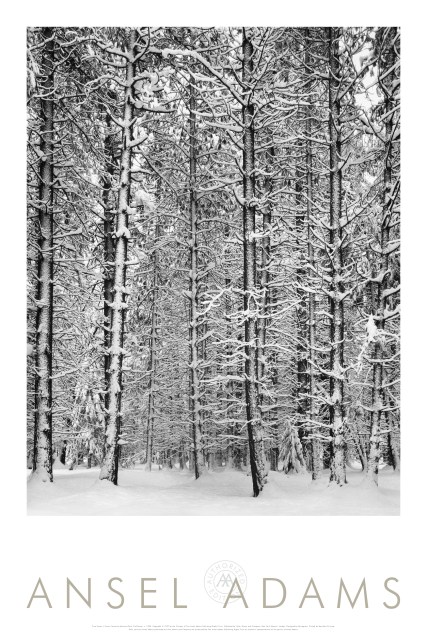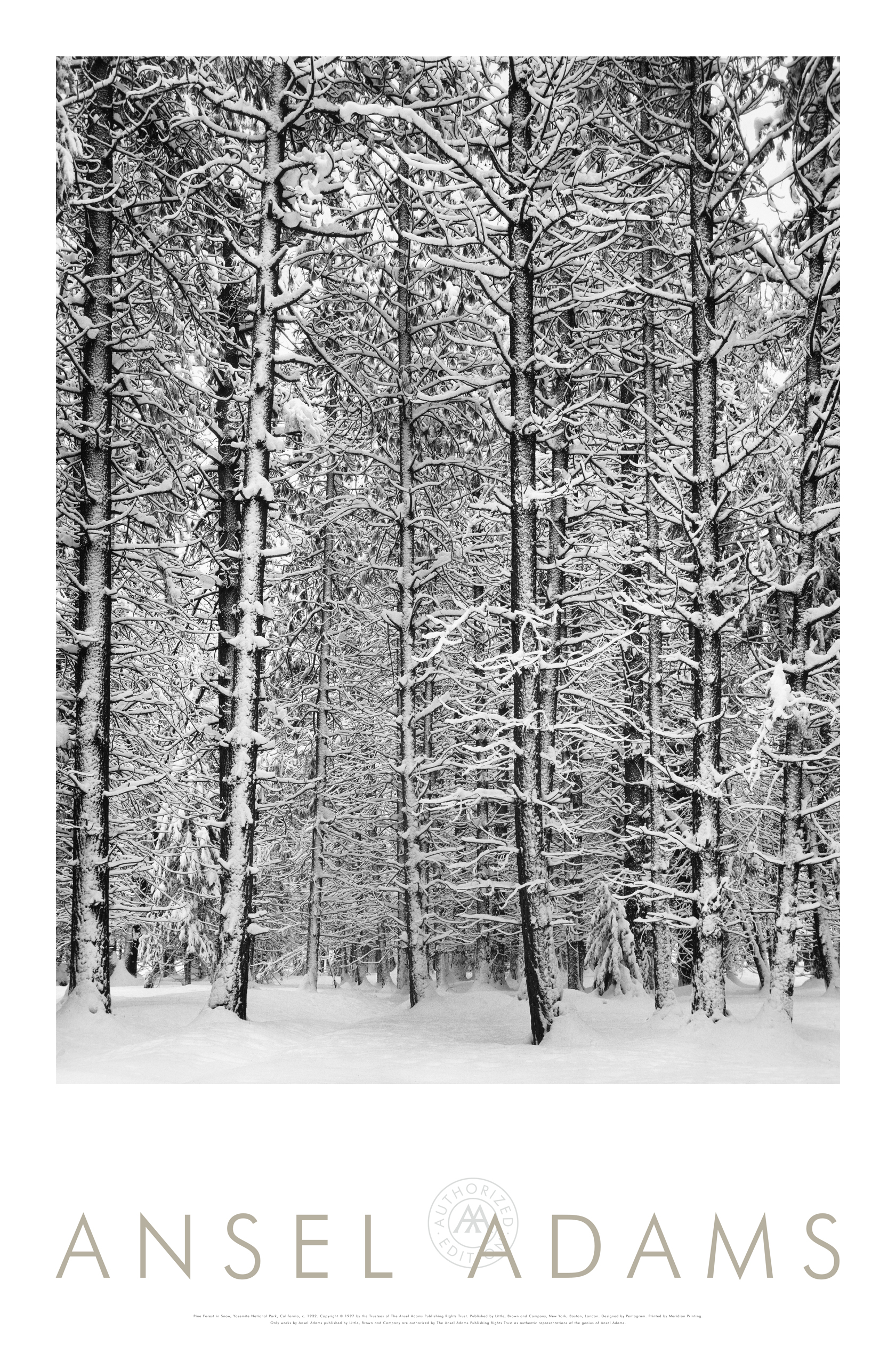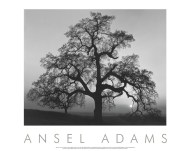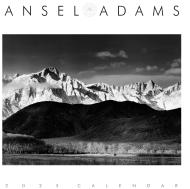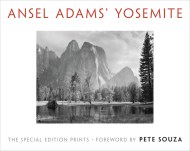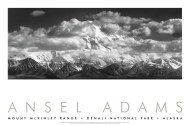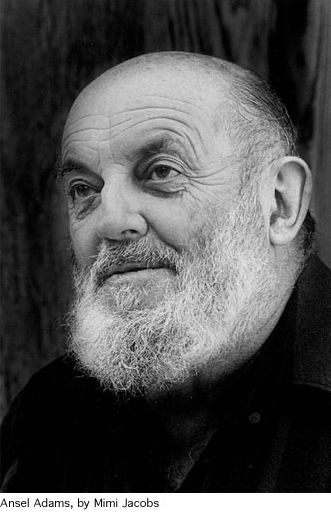Promotion
Use code BEST25 for 25% off storewide. Make sure to order by 11:59am, 12/12 for holiday delivery!
By clicking “Accept,” you agree to the use of cookies and similar technologies on your device as set forth in our Cookie Policy and our Privacy Policy. Please note that certain cookies are essential for this website to function properly and do not require user consent to be deployed.
Pine Forest in Snow, Yosemite National Park, California, 1932
Contributors
By Ansel Adams
Formats and Prices
- On Sale
- Sep 1, 1997
- Page Count
- 1 page
- Publisher
- Ansel Adams
- ISBN-13
- 9780821224212
Price
$45.00Price
$57.00 CADFormat
Format:
Poster $45.00 $57.00 CADThis item is a preorder. Your payment method will be charged immediately, and the product is expected to ship on or around September 1, 1997. This date is subject to change due to shipping delays beyond our control.
Buy from Other Retailers:
The two posters pictured here introduce Pentagram’s beautiful new design. The images are larger and the sans serif typeface lends an elegant simplicity to the overall presentation. In response to requests, sheet sizes have been standardized so that commercially available poster frames can be used. And to highlight the fact that these are the only authorized Ansel Adams posters published, each will feature a striking blind-embossed seal. The one thing that has not changed is the painstaking attention to quality — the superb duotone printing and heavy coated stock that are hallmarks of the series. Pine Forest in Snow is a superb representation of Yosemite in winter.
Genre:
Newsletter Signup
By clicking ‘Sign Up,’ I acknowledge that I have read and agree to Hachette Book Group’s Privacy Policy and Terms of Use
